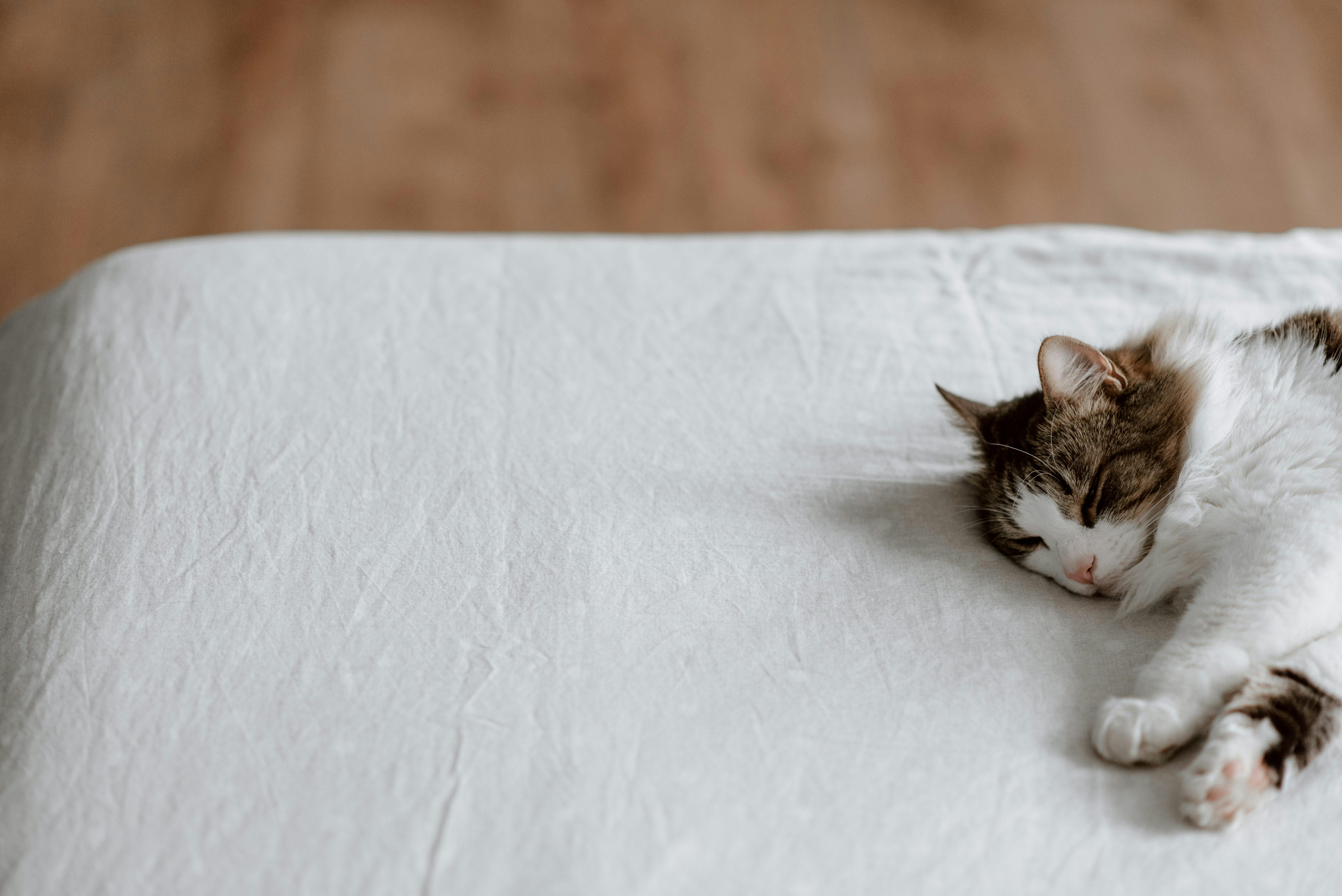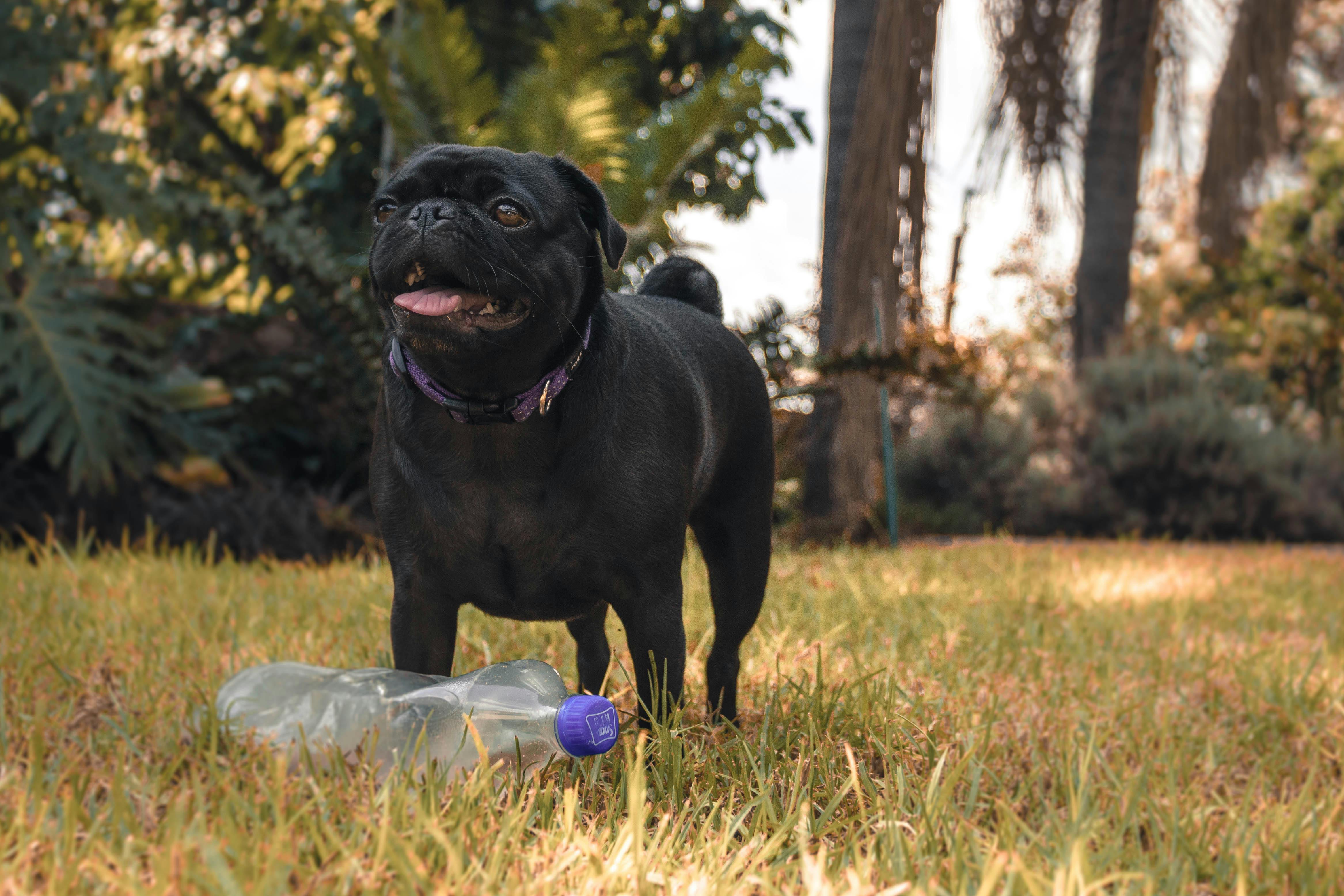
Physics IB – Example IA: Data Collection and Processing
For anyone who has difficulty writing their practices, this article helps explain the data collection and processing component of writing an IB physics practice.
Basically, the practice involved momentum calculations using a machine that allowed for minimal friction collisions. The objective was to verify the law of conservation of momentum.
Below is an example of such a practice:
Data collection and processing:
Qualitative observations:
It was noted that the metal of the ramp warmed up slightly after each recording and that unless the ramp was adjusted the glider would move due to the change in shape of the metal. By adjusting the knob at the bottom of the ramp, the height of the ramp can be changed so that the ramp is roughly parallel to the ground, but since the track has bent, the glider is likely to be influenced by the effects of gravity on the sides of the ramp. This would have increased the uncertainty of the experiment, since the effects of gravity would now be taking effect.
Additionally, VELA records acceleration based on infrared light readings for two separate times. The glider consists of two pieces of metal that block infrared light and the time it is blocked is used by the machine to calculate acceleration. However, the two pieces of metal reflect light and may have reflected some of the natural light in the room onto the reader. This may also have increased the uncertainty in the experiment.
When the ramp was placed horizontally and the glider was placed in the center, the glider oscillated back and forth. Air rising through the ramp holes brushed the edge of the glider and pushed it back. Then the air behind the glider would also brush against the edge of the glider and push it forward.
After the collision of the two gliders, it was noted that the final speeds of the gliders (separating after the collision) were similar to their initial speeds (before the collision). This suggests that the value of the final impulse should be similar to the value of the initial impulse.
After the rope was cut between the gliders, the repulsive magnetic force between the magnets attached to them caused them to travel in separate directions. The heavier glider was noted to have a slower speed than the lighter glider. This is necessary so that their momentum is equal (and opposite since their directions are opposite), since p = mv. If m is greater, v must be less so that p is the same for both gliders.
Raw data:
Note: The units will be converted to the correct SI units in the processed data.
There were 2 gliders, glider A and glider B. Glider A had a mass of 261 g. Glider B had a mass of 309 g. Let the uncertainty be half of the last digit, as the scales used can only measure with precision of 1 gram.
Glider A will always initially be on the left and Glider B will always be on the right initially. Let the direction of the velocity to the right be positive.
The uncertainty of the mass of each glider is +/- 0.5 grams as the balance can only measure accurately up to that degree. The uncertainty of the initial and final velocities would theoretically be +/- 0.05 mm-1. This will be recorded in the raw data.
However, there are more uncertainties involved in this measurement. The slope of the ramp cannot be perfectly horizontal, so gravity will be applied. In addition, the air coming out of the holes would also slightly alter the measurement. Light reflected off metal plates can also interfere with the result. In addition, the light logger calculates the speed based on the length of the metal plates. The length of these plates is 100mm +/- 0.5mm. Therefore, there is much more uncertainty than +/- 0.05 mm-1.
The uncertainty cannot be quantified, but it would mean that the data can no longer be measured to 4 significant digits. Therefore, a rough estimate of the uncertainty will be 5 mmms-1. This is the half of the last digit of a measurement to 3 significant figures.
The correct number of significant digits will be used in the processed data. For now, it will be left as 4 significant digits, as it is the raw data.
Collision experiment
Glider
Mass +/- 0.05 (g)
u +/- 5 (mms-1)
v +/- 5 (mm-1)
TO
261
+1493
-836.0
B
309
-1186
+780.0
Magnetic repulsion experiment
Glider
Mass +/- 0.05 (g)
u +/- 5 (mms-1)
v +/- 5 (mm-1)
TO
261
0.000
-280.0
B
309
0.000
+230.0
Processed data: The data will now be converted to SI units, as well as its uncertainties.
The mass in the raw data should be converted to kg. Therefore, the uncertainty will become +/- 0.0005 kg.
The raw data rate will become ms-1. This will be only 3 significant digits, as explained above, and the uncertainty will be 0.005ms-1.
Collision experiment
Glider
Mass +/- 0.0005 (kg)
u +/- 0.005 (ms-1)
v +/- 0.005 (ms-1)
TO
0.261
+1.49
-0.836
B
0.309
-1.19
+0.780
Magnetic repulsion experiment
Glider
Mass +/- 0.0005 (kg)
u +/- 0.005 (ms-1)
v +/- 0.005 (ms-1)
TO
0.261
0.000
-0.280
B
0.309
0.000
+0.230
Calculation of the impulse:
Let the mass of the glider A be mA and its initial velocity uA and its final velocity vA Let the mass of the glider B be mB and its initial velocity uB and its final velocity vB
Let piA be the initial thrust of glider A and pfA the final thrust. Let piB be the initial thrust of glider B and pfB the final thrust.
Collision experiment:
piA= mAuA = 0.261x 1.49 = 0.389 Ns
The uncertainty can be calculated by adding the relative uncertainties of the mass and the initial velocity:
Relative mass error = 0.0005 / 0.261 = 0.002 Initial velocity relative error = 0.005 / 1.49 = 0.003 Sum of relative errors = 0.005 or 0.5% Absolute error = 0.005 x 0.389 = 0.002
Therefore piA = 0.39 +/- 0.002 Ns
Using the same method, the other momentum values can be calculated, as well as their absolute error:
pfA= mAvA = (0.261 +/- 0.0005) x (-0.836 +/- 0.005) = – 0.22 +/- 0.002 Ns
GDP= mBuB = (0.309 +/- 0.0005) x (-1.19 +/- 0.005) = – 0.36 +/- 0.002 Ns
pfB= mBvB = (0.309 +/- 0.0005) x (0.780 +/- 0.005) = 0.24 +/- 0.002 Ns
Magnetic repulsion experiment:
Since uA and uB are both equal to 0, the initial moment of glider A and glider B are both equal to 0. This is because pi = mu and mx 0 = 0.
pfA= mAvA = (0.261 +/- 0.0005) x (-0.280 +/- 0.005) =– 0.07 +/- 0.001 Ns
pfB= mBvB = (0.309 +/- 0.0005) x (0.230 +/- 0.005) = 0.07+/- 0.002 Ns








